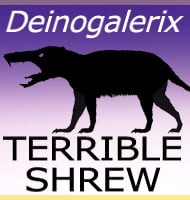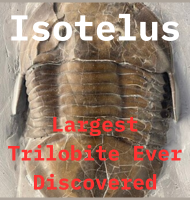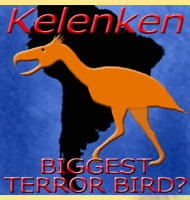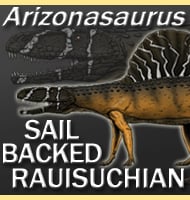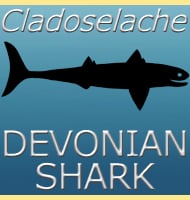In Depth
The naming of the Borealosuchus genus was born out of a revision of the genus Leidysuchus which has a reputation as something of a ‘wastebasket taxon’. So far four former species of Leidysuchus have been renamed as species of Borealosuchus, though two further species have now also been named.
Borealosuchus was a mid-sized genus of crocodile, with the largest species B. acutidentatus attaining lengths of two hundred and eighty centimetres in length, with a skull thirty-six centimetres long. Borealosuchus is also another genus of crocodile that survived the KT extinction that marked the end of the dinosaurs, pterosaurs, and the great marine reptiles. It may be that the physiological and ecological characteristics of crocodiles allowed them to survive this extinction event as other crocodile genera such as Dyrosaurus and Brachychampsa are also known to have made it through this extinction event.
Further Reading
- A review of “Leidyosuchus” (Crocodyliformes, Eusuchia) from the Cretaceous through Eocene of North America. - Chris A. Brochu - 1997. - A new crocodylian (Archosauria) from the basal Paleocene of the Red Deer River Valley, southern Alberta - Canadian Journal of Earth Sciences 38 (12): 1689–1704 -X. -C Wu, D. B. Brinkman & R. C. Fox - 2001. - A new species of Borealosuchus (Crocodyliformes, Eusuchia) from the Late Cretaceous–early Paleogene of New Jersey - Journal of Vertebrate Paleontology 32 (1): 105–116. - C. A. Brochu, D. C. Parris, B. S. Grandstaff, R. K. Denton Jr & W. B. Gallagher - 2012. - A New Crocodylian from the Late Maastrichtian of Spain: Implications for the Initial Radiation of Crocodyloids - PLoS ONE 6 (6): e20011. - Eduardo Pu�rtolas, Jos� I. Canudo and Pen�lope Cruzado-Caballero - 2011. – A new species of Borealosuchus (Crocodyliformes, Eusuchia) from the Late Cretaceous–early Paleogene of New Jersey. – Journal of Vertebrate Paleontology. 32 (1): 105–116. – C. A. Brochu, D. C. Parris, B. S. Grandstaff, R. K. Denton Jr., W. B. Gallagher – 2012.

